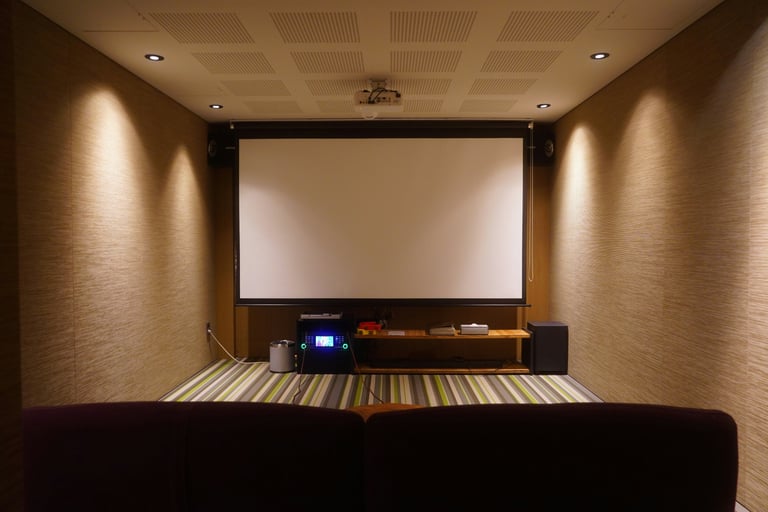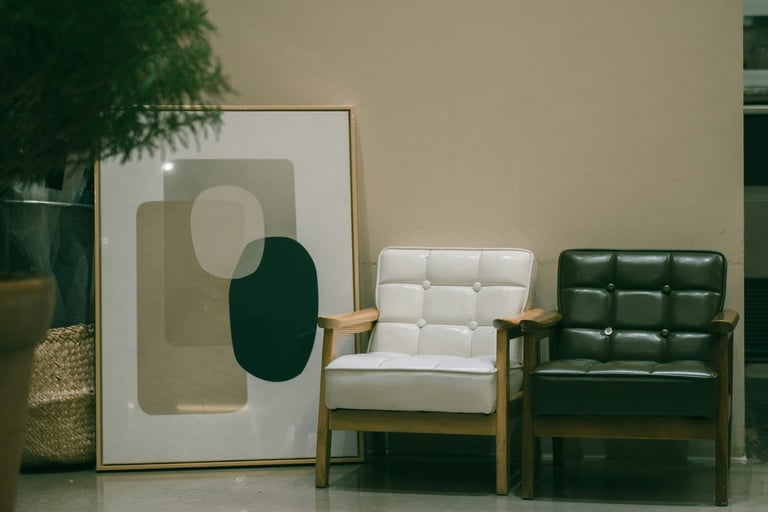
Does Room Size Affect Sound Quality? Here's What You Need to Know
Your speaker sounds great in one room but weak in another? The size and layout of your room might be the reason — here’s how it matters.

My post content
Room Size and Sound Distribution


Every room reacts to sound differently. A compact Bluetooth speaker may sound rich in a small bedroom but lose its impact in a spacious hall. In larger rooms, the sound spreads out and may not reach every corner evenly, leading to “dead zones.” That’s why it’s important to match your speaker’s size and output power with your room size:
Small rooms (under 150 sq. ft.): 20W–40W bookshelf or portable speakers
Medium rooms (150–300 sq. ft.): 40W–100W bookshelf or soundbar
Large rooms (300+ sq. ft.): 100W+ tower speakers or multi-speaker setups
Also, for open living spaces or halls, consider adding a subwoofer and multiple speaker units to maintain balanced sound across the area.
Furniture, Surfaces, and Sound Reflection
The layout of your room plays a major role in how your speaker sounds. Hard surfaces like tile floors, bare walls, or glass windows reflect sound waves, which can lead to unwanted echo or harsh sound. In contrast, soft surfaces such as carpets, curtains, sofas, and cushions absorb sound, reducing excess reverb and creating a warmer, clearer listening experience. So, even if two rooms use the same speaker, the one with more soft materials will usually sound better. A few rugs and curtains can often improve audio more than upgrading the speaker itself.


Echo, Reverb, and Clarity
Excessive echo and reverb can blur vocals, distort bass, and hide fine details in music or dialogue. This is especially noticeable in rooms with high ceilings or minimal furniture, common in modern Indian homes. Many advanced speakers now come with room calibration tech, using built-in mics to auto-adjust sound based on acoustic feedback. Brands like Bose, Sonos, and Swarix are adopting this feature. Additionally, sealed speakers offer tighter, more accurate bass in echo-prone rooms, while ported speakers are louder and better for open areas — but may introduce muddiness in smaller spaces.
Matching Speaker Types to Use-Cases
A small portable speaker might be ideal for studying or travel but won’t work well at a house party. Bookshelf speakers are great for focused listening in medium-sized rooms. Soundbars are ideal for home theatres and TV setups, offering cinematic sound without complex wiring. Tower speakers are best for gatherings, where strong bass and high volume are needed. Adding a dedicated subwoofer enhances low-end response — especially for movies and EDM — and helps offload bass duties from main speakers, reducing distortion.
The Right Speaker + The Right Room = Perfect Sound
A great speaker deserves a great space. No matter how advanced your gear is, if the room isn’t acoustically treated, the experience will suffer. Understanding your room’s size, furniture layout, and usage helps you make smarter audio choices. Whether you're relaxing with ghazals in the bedroom, watching movies in the hall, or dancing to Bollywood beats during Diwali, the perfect match of speaker type + room design = immersive sound.




